What Is Roller Screed And How To Use It
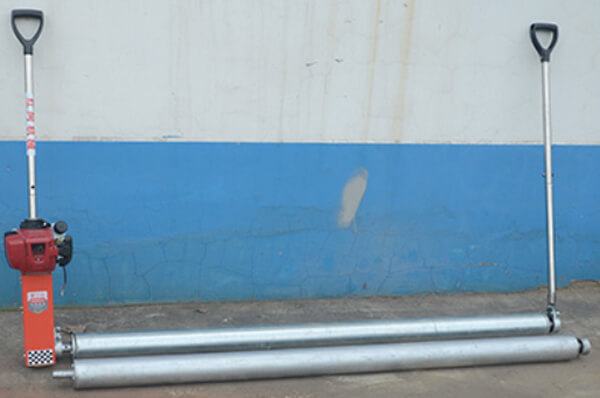
There’s no denying that manual screeding is a physically demanding job. Every joint and muscle in your body is strained when you bend and pull. Screeding, however, is the key to achieving a level concrete slab.
Service providers use a wide variety of screeds to ravel concrete before finishing it. It’s vital to have screeds available in a concrete contractor’s toolbox so he or she can have access to the right equipment for each job. Today, we’re discussing the concrete roller screed.
Contents
What Is A Roller Screed
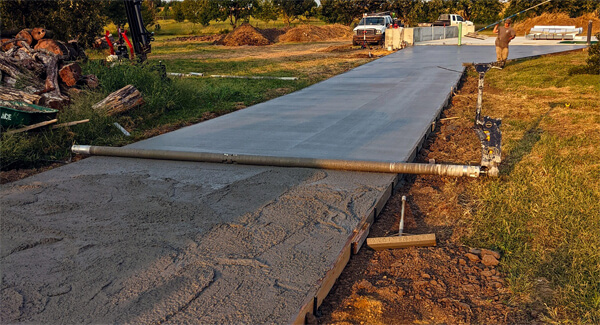
Roller screeds consist of a single tube and a power source. As the unit is pulled across forms, the tube spins against the concrete. Rolling screeds are easy to use and can be customized to fit just about any pour, including shaped forms for curbs and gutters. Tube screeds can complete pours as small as a few feet wide and as large as 30 feet. Screed rollers use a variety of power sources, including hydraulic, electric, gas, and the newly introduced battery option. The components are easy to assemble and disassemble. Their upright operating position is much easier on the operator than a hands-and-knees position.
Rolling screeds are more effective than vibrating screeds for pervious paving, low slump concrete, and slope paving. Due to the absence of vibration, concrete will not slump down a slope, and more aggregate will stay near the top of the slope.
Concrete roller screeds have several advantages over manual screeding. They are much easier to use. As a result, the roller screed allows for a much more upright position, eliminates pinch holds, minimizes hand-arm reps, and eliminates neck flexing. This not only makes your team happier and also much healthier, but offers better efficiency and effectiveness as well.
How Can They Be Used On Various Projects
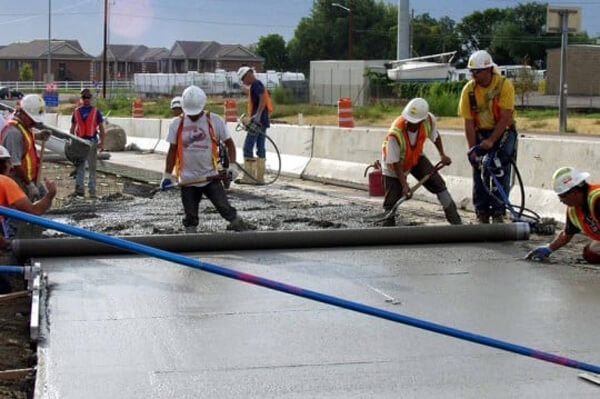
Roller screeds are most useful for customers who do not pour concrete every day. Concrete patchwork, small pours, or one-off projects are ideal for this equipment. However, it shouldn’t be used in place of larger equipment.
Despite their versatility, roller screeds are ideal for just about any sized project, from patchwork and sidewalks to parking lots and streets. In addition, Rolling Screeds are an ideal solution for projects that might have space or emission restrictions, such as indoors or in hard-to-reach areas like basements. When contractors need to consider emissions, battery-powered units are a great option. They are highly mobile and precise, operating without cords, hoses, or fumes.
Regardless of the power source, roller screeds are a great option for anyone looking to complete a unique pour. Heavy-duty industrial contractors will find the hydraulic system to be the most efficient, while smaller municipal contractors may find gas, electric, or battery-powered roller screed to be more effective. A roller screed is an ideal solution for large spaces such as highways, bridges, and ditch embankments as well as bike paths, golf cart paths, and garage pads. In addition to attachments for more complicated pours, manufacturers offer center pivot kits for circular pours, such as grain bin pads.
Hard To Use Roller Screed?
The roller screed is reliable, easy to maintain, and does not require much training. Contractors and DIYers alike will find them appealing because of their wide array of sizes and configurations. It’s very likely that a screed operator, even if they have never used one before, will produce a nearly perfect pour after using it. On some models, manufacturers offer variable speed controls, which make them easier to use than an on/off switch. With variable speed flexibility, the rotation speed can be adjusted on the fly as moisture and slump levels vary between truckloads.
In addition to being easy to use, roller screeds reduce the skill needed for concrete labor. Contractors can achieve a high-quality result with less experience since the design is intuitive. It allows a supervisor or foreman on a crew to ensure the job is being done correctly to achieve a flatter finish because the roller screed rides on predefined rails or forms. The screed is almost guaranteed to produce a flat surface if it runs on both the screed rails or form points. Methods such as vibrating or wet screeds require more supervision because they can be difficult to operate and tend to produce inconsistent results when performed by less experienced crew members.
Are Roller Screeds Hard to Clean and Maintain?
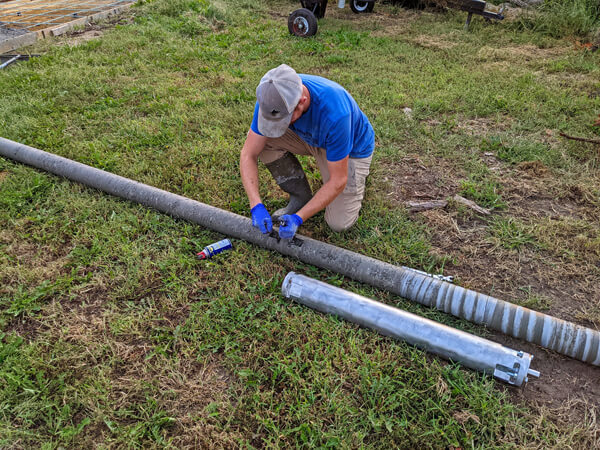
Cleaning and maintaining roller screeds are easy. Their smooth design makes them easy to clean. In contrast, other methods require an on-site pressure washer to clean the equipment immediately, such as boards or vibrating screeds. Due to the spinning pipe used by roller screeds, operators can easily clean the equipment by dragging it over abrasive surfaces such as sand, grass, or dirt. The process takes less than five minutes.
Batteries and electric screeds are virtually maintenance-free. Hydraulic machines require minimal maintenance, aside from cleaning and occasional lubrication. Compared to other pieces of machinery, gas-powered machines require just a bit more maintenance
Roller screeds are generally reliable and don’t have any major service issues. It is possible for users to have issues with the power sources – an extension cord for electric models, a bad battery, or a hydraulic source issue. Usually, these issues are easy to fix, and many manufacturers provide over-the-phone support.
What Is the Best Way To Store Roller Screeds
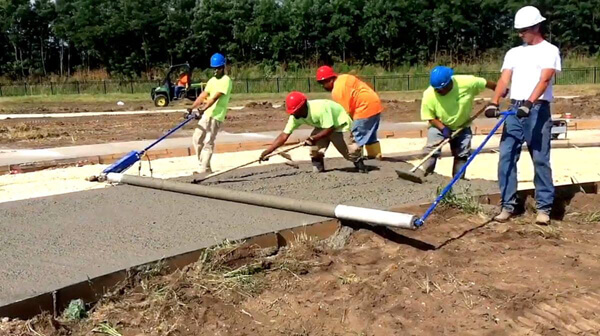
The aluminum pipes that come with a roller screed can be kept outside and are easy to store. The life of roller screeds is extremely long as long as they are not bent or damaged. Damaged pipes can easily be replaced at a low cost and without affecting the power source. Temperature and moisture control should be maintained for the power component.
Conclusion
A roller screed meets the market’s need to make concrete more accessible to workers of all skills levels. Contractors can take on more jobs and projects with equipment that is flexible, convenient, and easy to operate. Contractors and DIYers can lay concrete more easily with these user-friendly machines.
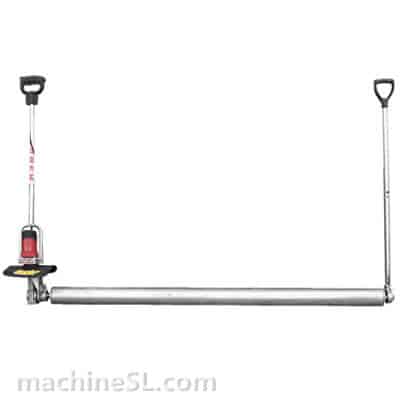
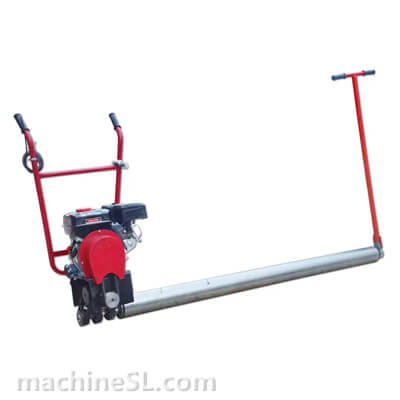
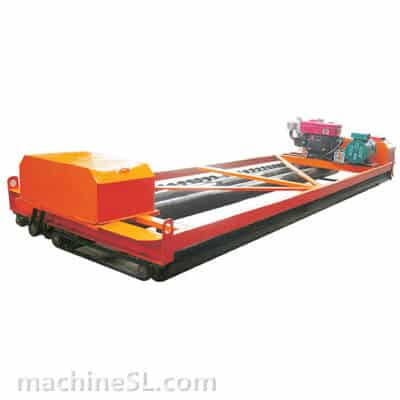
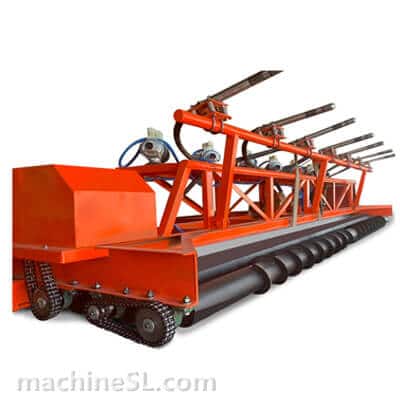
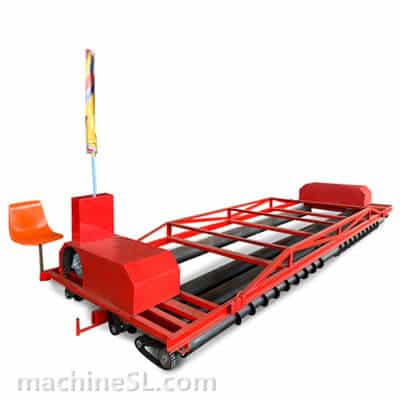
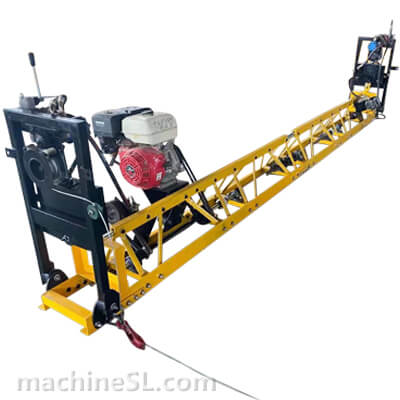
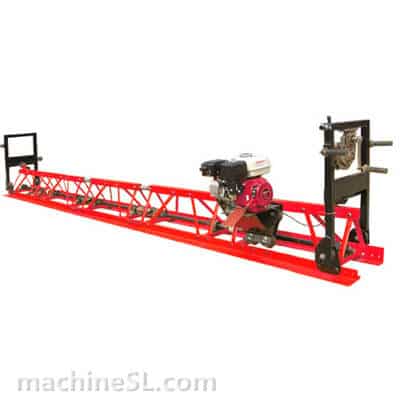
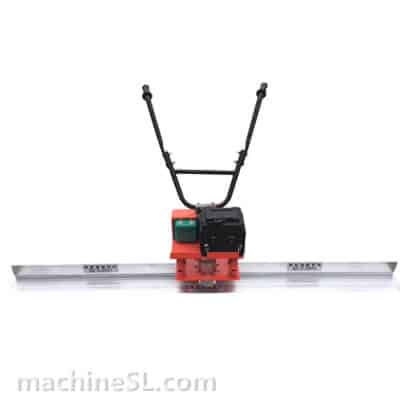
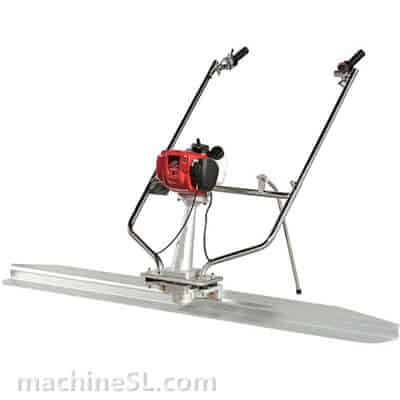
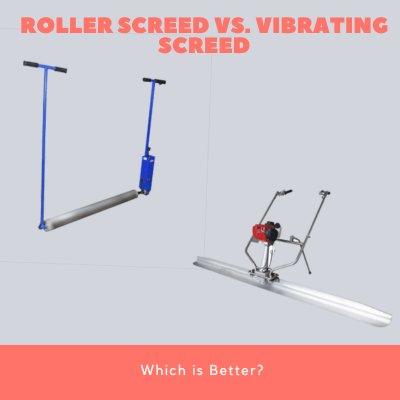
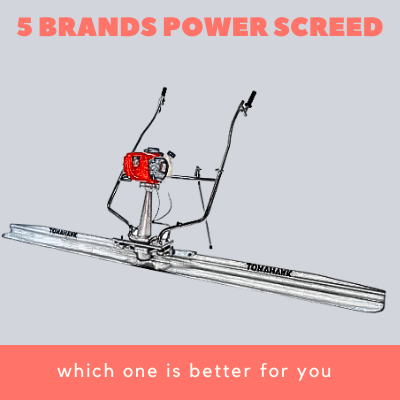
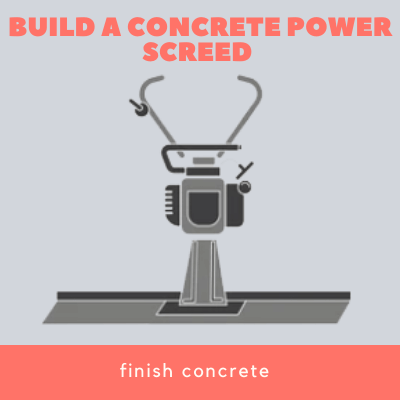
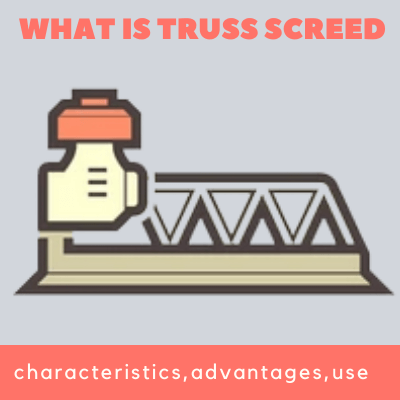
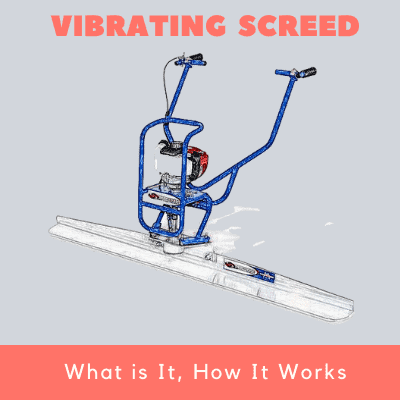
Leave A Comment